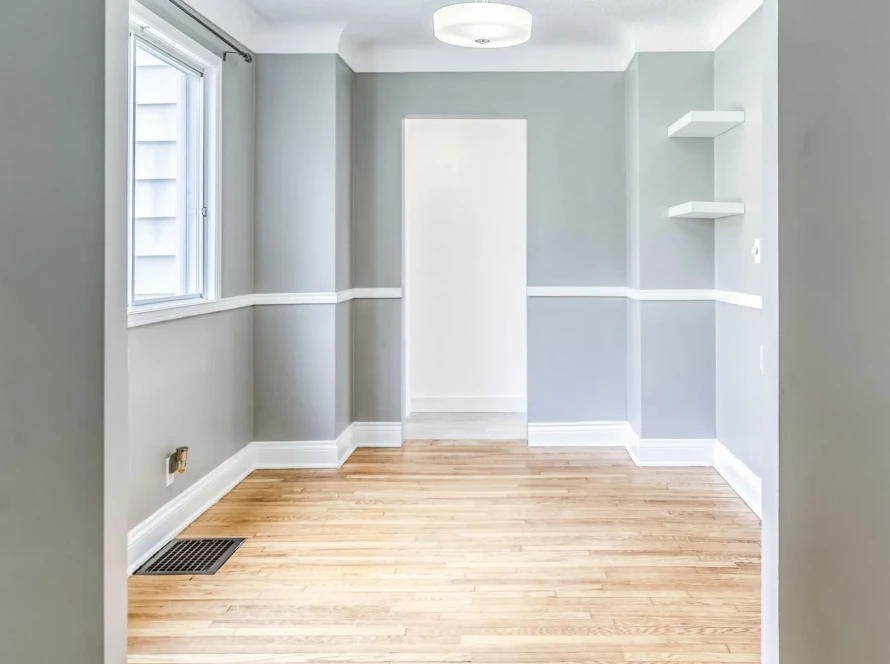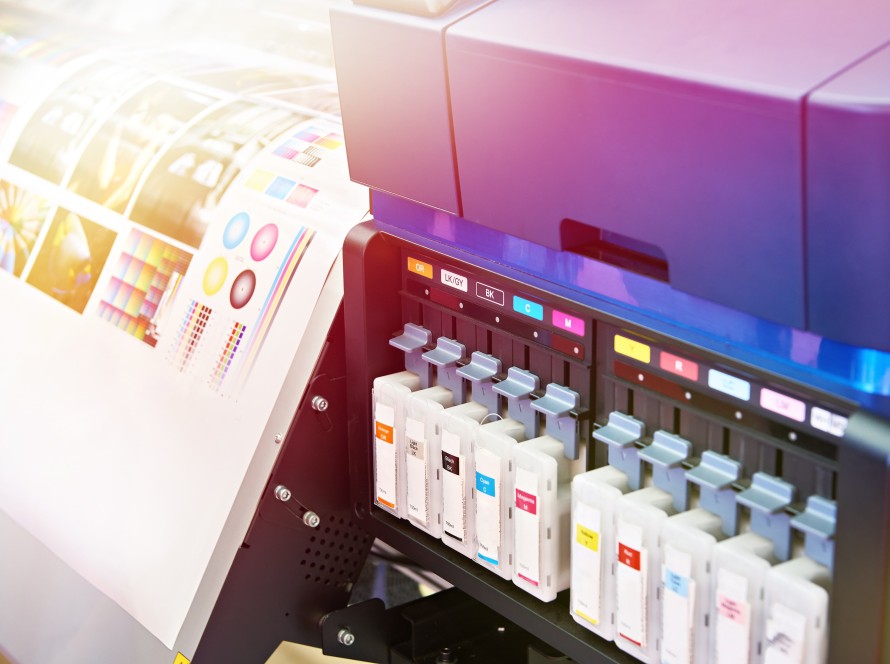Pricing fine art prints can be a complex task, especially for those new to the art world. As a professional photographer or artist, establishing a fair and competitive price is essential for both profitability and market presence. This guide aims to provide a clear framework for understanding the various factors that influence pricing decisions. By examining material costs, market trends, and strategic pricing methods, you can develop a pricing strategy that reflects the value of your work while appealing to your target audience. This approach ensures that your art is both accessible to buyers and rewarding for your creative efforts.
Understanding Your Costs
When pricing your fine art prints, the first step is to thoroughly calculate the cost of materials. This includes the paper and ink used in the fine art printing process, as well as any additional materials like framing or matting. Each of these components contributes to the overall cost and should be carefully considered to ensure that your pricing covers these expenses. By understanding the material costs, you can set a foundation for a pricing strategy that ensures profitability.
In addition to material costs, production costs play a significant role in determining the price of your fine art prints. This encompasses the expenses associated with the actual printing process, such as the use of specialized equipment and the labor involved in creating each print. Whether you are printing in-house or outsourcing, these costs must be factored into your pricing model. Accurately accounting for production costs helps maintain a balance between affordability for your customers and financial viability for your business.
Overhead expenses are another critical aspect to consider when pricing your fine art prints. These are the ongoing costs of running your art business, including studio rent, utilities, and any other operational expenses. While these costs may not be directly tied to the production of each print, they are essential for sustaining your creative practice. By incorporating overhead expenses into your pricing, you ensure that your business remains sustainable in the long term.
It is also important to consider the time and effort invested in creating your fine art prints. This includes the time spent on conceptualizing, designing, and perfecting each piece before it reaches the printing stage. Your time is valuable, and it should be reflected in the price of your work. By acknowledging the labor and creativity involved, you can set a price that honors the artistic process and the unique value of your prints.
Ultimately, understanding your costs is about creating a comprehensive picture of what it takes to produce your fine art prints. By meticulously calculating material, production, and overhead expenses, you can develop a pricing strategy that is both fair and competitive. This approach not only covers your costs but also positions your work appropriately within the market, ensuring that your art is valued for its quality and craftsmanship.
Researching the Market
To effectively price your fine art prints, it is essential to conduct thorough market research. Begin by analyzing the pricing strategies of artists whose work is similar in style, medium, and quality to yours. This comparison will provide valuable insights into the current market standards and help you position your work competitively. Understanding how other artists price their prints can also reveal potential gaps in the market that your work could fill, allowing you to set a price that reflects both your unique artistic vision and the market’s expectations.
Identifying your target audience is a crucial step in the pricing process. Consider the demographics, preferences, and purchasing power of the individuals most likely to buy your art. By understanding your audience, you can tailor your pricing strategy to meet their expectations while ensuring that your work remains accessible. This knowledge will also guide you in selecting the appropriate venues and platforms for selling fine art prints, whether through galleries, online marketplaces, or direct sales.
- Analyze competitors’ pricing to understand market standards.
- Identify your target audience’s demographics and purchasing power.
- Stay informed about art market trends and demand.
- Consider the venues and platforms for selling fine art prints.
- Use market insights to position your work competitively.
Staying informed about current trends and demand in the art market is vital for setting a price that resonates with buyers. Trends can influence what buyers are willing to pay, and being aware of these shifts allows you to adjust your pricing strategy accordingly. Regularly reviewing art publications, attending exhibitions, and engaging with art communities can provide valuable insights into emerging trends. By aligning your pricing with market demand, you can enhance the appeal of your fine art prints and increase your chances of successful sales.
Ultimately, researching the market equips you with the knowledge needed to make informed pricing decisions. By understanding the competitive landscape, identifying your target audience, and staying attuned to market trends, you can develop a pricing strategy that reflects the true value of your work. This approach not only ensures that your fine art prints are priced appropriately but also enhances your reputation as an artist who is both market-savvy and committed to quality.
Setting Your Price
When setting the price for your fine art prints, it is essential to establish a pricing formula that accounts for all relevant factors, including costs, time, and desired profit margin. Begin by ensuring that the price covers the cost of materials, production, and overhead expenses, as previously discussed. Next, consider the time and effort invested in creating each piece, as this labor should be reflected in the final price. Finally, determine a profit margin that aligns with your financial goals while remaining competitive within the market.
Testing different price points can be an effective strategy to gauge customer response and optimize sales volume. By experimenting with various pricing levels, you can identify the sweet spot where your prints are both appealing to buyers and profitable for your business. Pay attention to customer feedback and sales data to assess the effectiveness of your pricing strategy. This iterative process allows you to refine your approach and ensure that your prices accurately reflect the value of your work.
Flexibility is key when it comes to pricing fine art prints, as market conditions and consumer preferences can change over time. Be prepared to adjust your prices based on feedback from buyers, shifts in demand, or changes in production costs. Regularly reviewing and updating your pricing strategy ensures that your work remains relevant and competitive in the ever-evolving art market. By staying adaptable, you can maintain a strong market presence and continue to attract new customers.
Incorporating giclée printing into your offerings can also influence your pricing strategy. Giclée prints are known for their high quality and longevity, which can justify a higher price point compared to standard prints. When using giclée printing, emphasize the superior quality and archival nature of the prints to potential buyers. This added value can enhance the perceived worth of your work and support a pricing strategy that reflects its premium nature.
Ultimately, setting the right price for your fine art prints involves a careful balance of costs, market research, and strategic adjustments. By considering all these elements, you can develop a pricing strategy that not only covers your expenses but also positions your work as a valuable and desirable addition to any art collection. This thoughtful approach ensures that your art is both accessible to buyers and rewarding for your creative efforts, fostering long-term success in the art market.
Crafting a Sustainable Pricing Strategy
In conclusion, effectively pricing fine art prints requires a comprehensive approach that balances costs, market insights, and strategic adjustments. By thoroughly understanding production expenses and conducting diligent market research, you can set competitive prices that resonate with your target audience. Regularly revisiting and refining your pricing strategy ensures alignment with evolving market trends and customer expectations. This thoughtful approach not only enhances profitability but also supports long-term artistic and financial sustainability in the art world.




